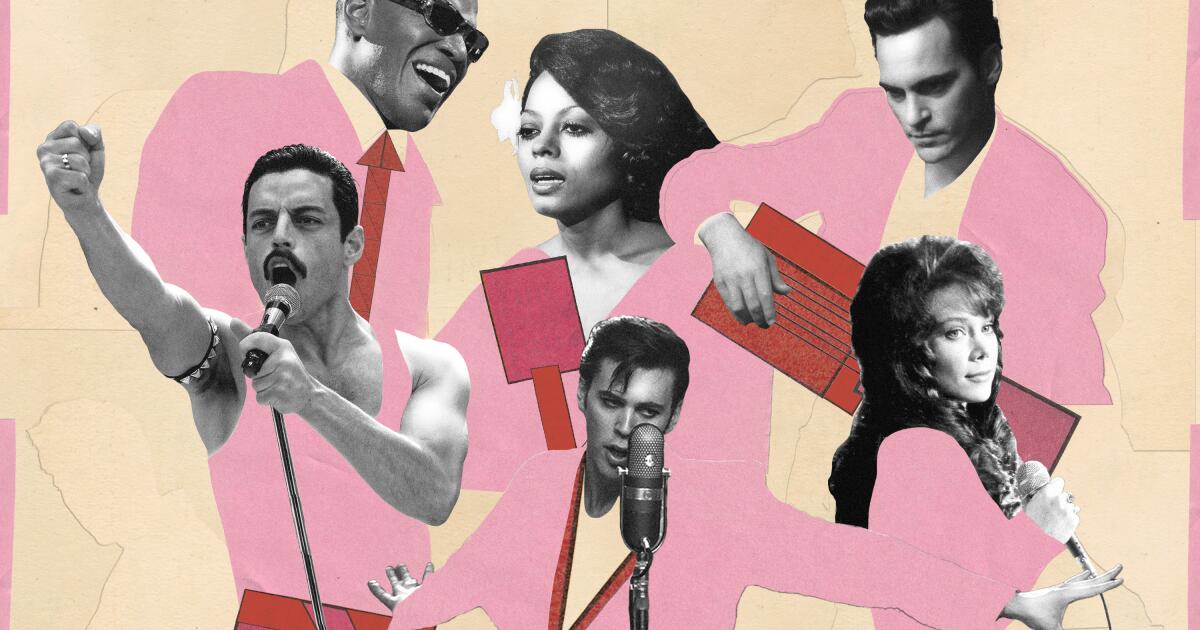What is it about the musical biopic that has inspired so much Oscar love? Is it the genre’s front-row seat on the turbulent, provocative, culture-shifting lives of artists we’ve worshiped from afar? Is it the transformational, go-for-broke…
Category: 5. Entertainment
-

Director Nia DaCosta and Tessa Thompson on ‘Hedda’ and their long friendship
As the saying goes, get yourself a friend that looks at you the way Nia DaCosta and Tessa Thompson look at each other.
The duo have now collaborated on “Hedda,” an adaptation of Henrik Ibsen’s 1891 play “Hedda Gabler,” written and…
Continue Reading
-
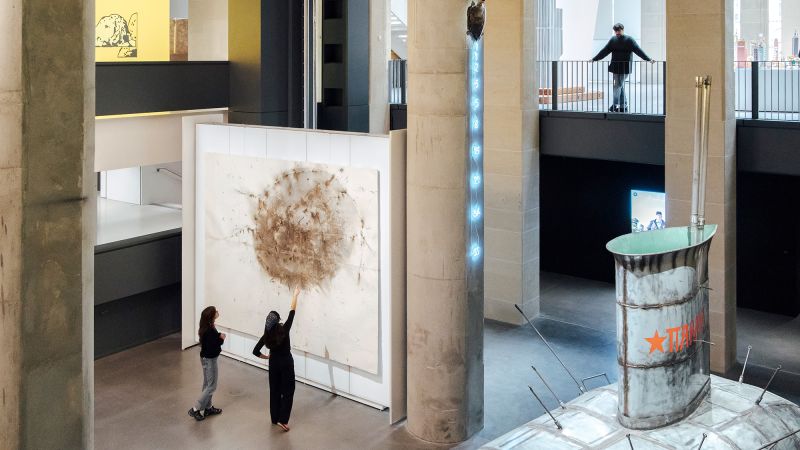
Fondation Cartier’s new home opens in Paris, in a prized spot facing the Louvre
Paris, France
—
After a years-long renovation project, the Fondation Cartier art museum will open its doors on Saturday to its new home, opposite the Louvre in Paris.
…
Continue Reading
-
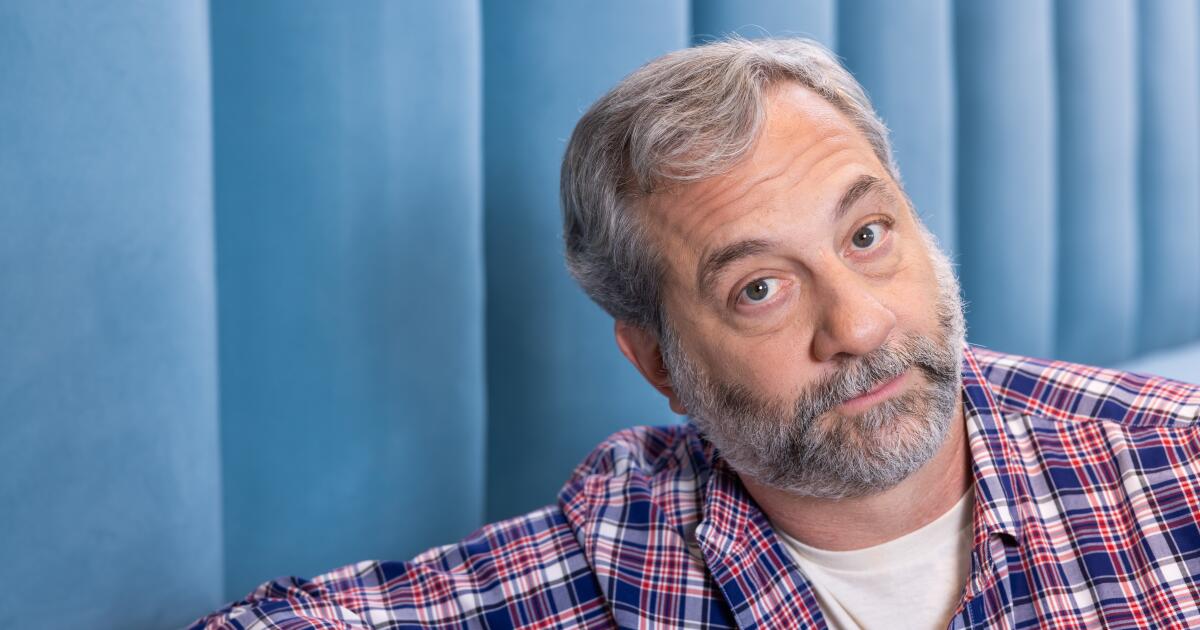
Judd Apatow on working too much, TV cancellations, ‘Comedy Nerd’ book
On the Shelf
Comedy Nerd: A Lifelong Obsession in Stories and Pictures
By Judd Apatow
Random House: 576 pages, $50If you buy books linked on our site, The Times may earn a commission from Bookshop.org, whose fees support independent…
Continue Reading
-

The Strad News – Finalists announced for 2025 Premio Paganini International Violin Competition
Read more news stories here
The semi-final of the 2025 Premio Paganini International Violin Competition was held on 22 October at Teatro Carlo Felice in Genoa. Six contestants presented a programme of chamber music repertoire, plus a solo…
Continue Reading
-
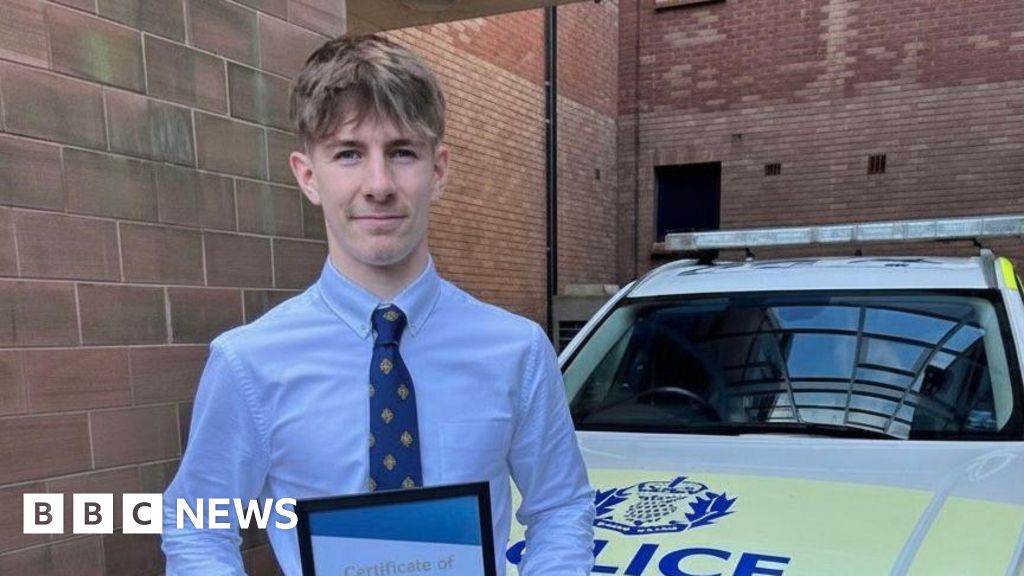
Teenager who rescued toddler from busy road praised by police
Molly ArmstrongBBC South Scotland
 Police Scotland Dumfries and Galloway
Police Scotland Dumfries and GallowayNicholas was presented with a Local Police Commander Recognition Certificate for his actions A teenager has been praised by police after he rescued a lost toddler who was…
Continue Reading
-

Tess Daly and Claudia Winkleman to leave Strictly Come Dancing at end of series
‘Lovely Bruce!’ Daly had been there from the startpublished at 10:19 BST
Emma Saunders
Culture reporter
Image caption, Daly and Forsyth, pictured for the 2014 Christmas special
Daly joined the show in the beginning, 2004, working…
Continue Reading
-

'Only God Can Judge Me' explores the life of rapper Tupac Shakur – NPR
- ‘Only God Can Judge Me’ explores the life of rapper Tupac Shakur NPR
- The Fight That Changed Pop Culture History Sports Illustrated
- The Mother And Son Who Inspired Tupac’s ‘Brenda’s Got A Baby’ Were Reunited By The Song, 30 Years Later
Continue Reading
-
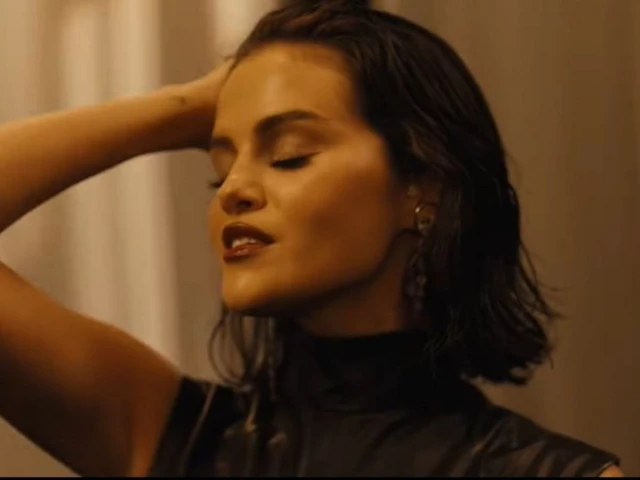
Selena Gomez fans react to new single ‘In The Dark’ video
Selena Gomez has left fans emotional with the release of her latest single, In The Dark, marking her first musical project since her wedding to producer…
Continue Reading
